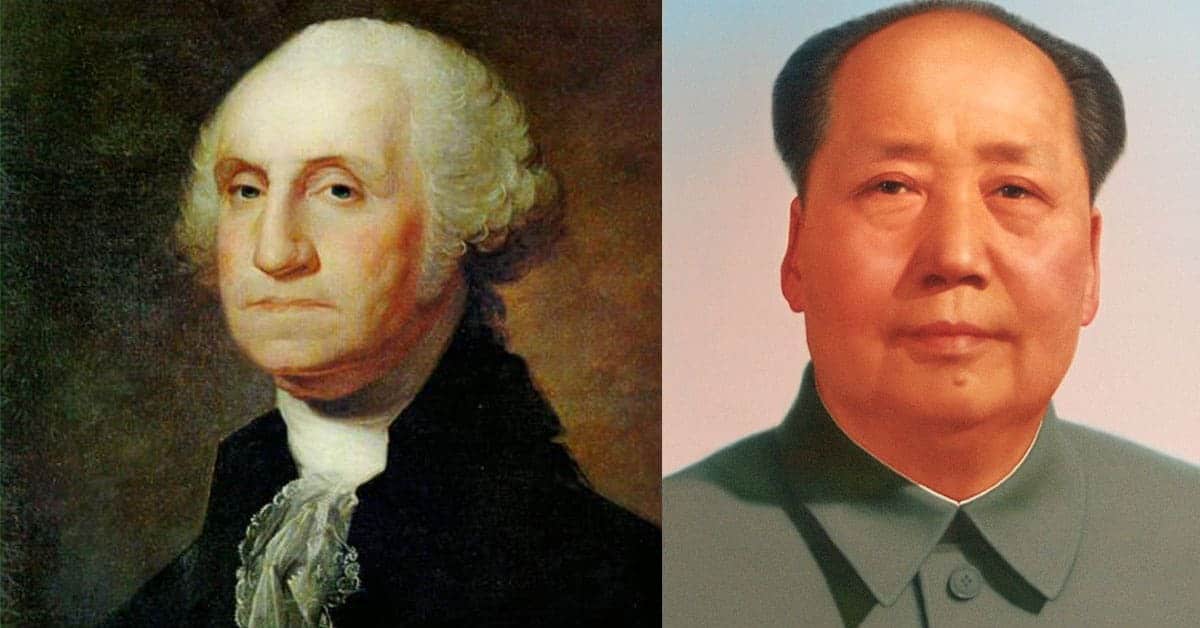Throughout history, there have been numerous successful plots and conspiracies that changed the world. For example, the Black Hand coordinated the assassination of Archduke Franz Ferdinand in 1914; an act that lit the spark for World War I.
Of course, not every plot is a success. From the Catiline Conspiracy to the July 20 Plot, would-be conspirators have failed in their task. While these efforts often go unnoticed due to their failure, success could have changed the course of history. In this article, I look at 5 such plots.

The Conspiracy of Cinadon in Early 4th Century BC
This conspiracy was an elaborately planned attempt to overthrow the oligarchic Spartan state and ensure its poorer citizens received better treatment. The Spartans were known for their fearsome fighting ability, but they treated their slaves poorly, even by the standards of the era. It was normal for Spartans to murder their slaves, and they brutalized their servants to the point where the slaves felt powerless to act despite outnumbering their Spartan masters by up to 7:1 at one point.
After Athens had capitulated in the Peloponnesian war at the end of the 5th century BC, Sparta was the dominant force in Greece. Spartan power was at its zenith in the first decade of the 4th Century BC, and it began an ambitious plan to expand. However, the state’s appalling treatment of slaves was in danger of leading to an open revolt. Cinadon was a military officer and was probably an elite guard of the Spartan army.
However, despite his lofty position as someone who carried out important missions for the ephors (Spartan leaders), Cinadon was a member of the ‘hypomeiones’ (inferiors). This was a term given to Spartans who lost their civil rights; either through poverty or cowardice. Cinadon came from a humble background so was probably unable to pay his dues to the syssitia hence his demotion. Cinadon was a proud man who wanted to be a Lacedaemonian inferior to no other.
As a result, he planned to overthrow the Spartan elite and gathered together a group of hypomeiones including Tisamenus; a man who lost his citizenship because of poverty. He had fought bravely in the Greco-Persian Wars which is why he received citizenship in the first place.
It is said that when King Agesilaus II oversaw a sacrifice, he apparently saw an omen which suggested the formation of a conspiracy and that is how it was foiled. In reality, one member of Cinadon’s group betrayed the plot to the ephors. Instead of arresting him immediately, the ephors sent Cinadon to the Elean frontier as part of a supposed mission. Once in the field, Cinadon was interrogated and revealed the names of his co-conspirators. Upon his return, Cinadon and the others were bound, flogged and dragged through the city until they died.
While the ephors successfully suppressed the conspiracy, they failed to reflect on the reasons why such a plot existed in the first place. The Spartans did not learn the lessons of the Athenians, and soon, their power started to crumble. After defeat to the Thebans at the Battle of Leuctra in 371 BC, Sparta lost its hold on Greece. The Cindon Conspiracy arose because the elite mistreated everyone else. In some ways, it is one of the first recorded conspiracies in history. While it failed, it was an indication of the decay of Spartan society and its fall from grace soon afterward is no surprise.

